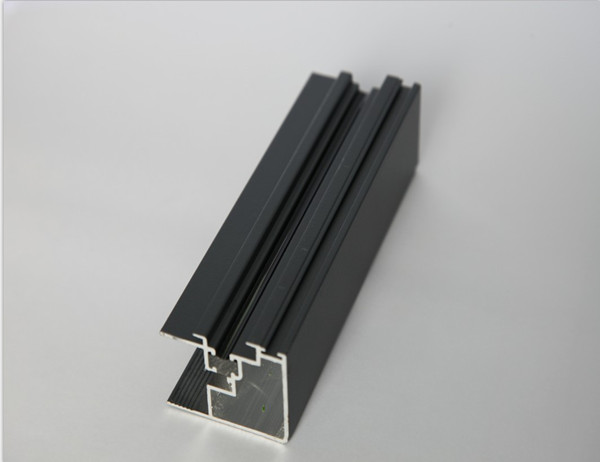Industrial aluminum profiles are versatile materials widely used in various sectors, from construction to machinery. Understanding how to utilize them effectively can enhance their efficiency and maximize their utility. This comprehensive guide will provide a step-by-step approach, guiding you through the essential aspects of using industrial aluminum profiles.
The first step is selecting the appropriate aluminum profile for your specific application. Consider factors such as the intended load-bearing capacity, corrosion resistance, and aesthetic requirements. Standard aluminum alloys used in industrial profiles include 6061-T6 and 6063-T5, offering varying strengths and corrosion resistance.
Once the profile is selected, it needs to be cut and shaped according to the required dimensions. Precision cutting methods, such as sawing or water jet cutting, ensure accurate results. Aluminum profiles can also be shaped using techniques like bending, rolling, or extrusion to create complex geometries.
Surface treatment plays a crucial role in enhancing the durability and aesthetics of aluminum profiles. Common surface treatments include anodizing, powder coating, and painting. Anodizing creates a protective oxide layer, while powder coating provides a durable and customizable finish. Painting can be used for specific color requirements or to create unique patterns.
Joining aluminum profiles involves various techniques, including welding, riveting, and mechanical fastening. Welding, such as MIG or TIG welding, provides strong and permanent joints. Riveting involves using rivets to connect profiles, while mechanical fastening includes bolts, screws, or clamps.
Assembly and installation require careful planning and execution. Profiles are assembled together using the chosen joining techniques. Proper alignment and secure connections are essential for structural stability. The profiles can then be installed into the desired location, ensuring proper support and load distribution.
Quality assurance involves inspecting the profiles and joints to ensure they meet specified standards. Periodic maintenance is important to prolong the lifespan of aluminum profiles. This includes cleaning, touch-up painting, and checking for any potential damage or corrosion.
Industrial aluminum profiles have a wide range of applications, including:
Structural framing in buildings and machinery
Conveyor systems and automation lines
Automotive components and chassis
Medical equipment and laboratory apparatus
Aerospace and defense systems
Their key benefits include:
Lightweight and high strength-to-weight ratio
Excellent corrosion resistance
Flexibility and ease of fabrication
Aesthetics and diverse surface finishes
By following this step-by-step guide, you can effectively utilize industrial aluminum profiles for various applications. Understanding the profile selection, cutting, shaping, surface treatment, joining techniques, assembly and installation, and maintenance ensures optimal performance and longevity. The versatility and benefits of aluminum profiles make them an excellent choice for diverse industrial and engineering projects.




